Learning spaces in transition workshop (UNICEF)
Zagreb, 2014
Mentored by: Ivana Fabrio, Zlatko Kapetanović, Vanja Rister, Mia Roth Čerina
Tekić school team: Niko Crnčević, Viktorija Jagodić, Lucija Nićeno, Samra Rahmanović, Ana Šolić
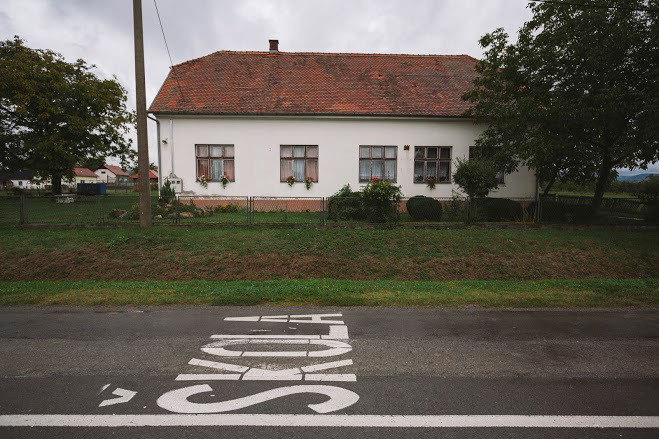
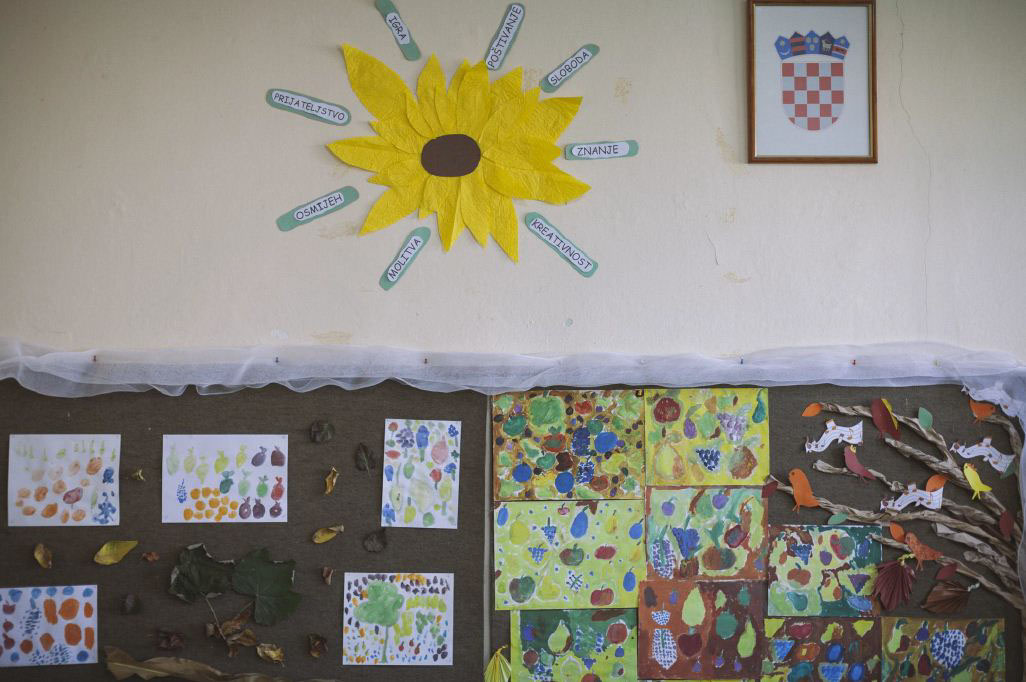
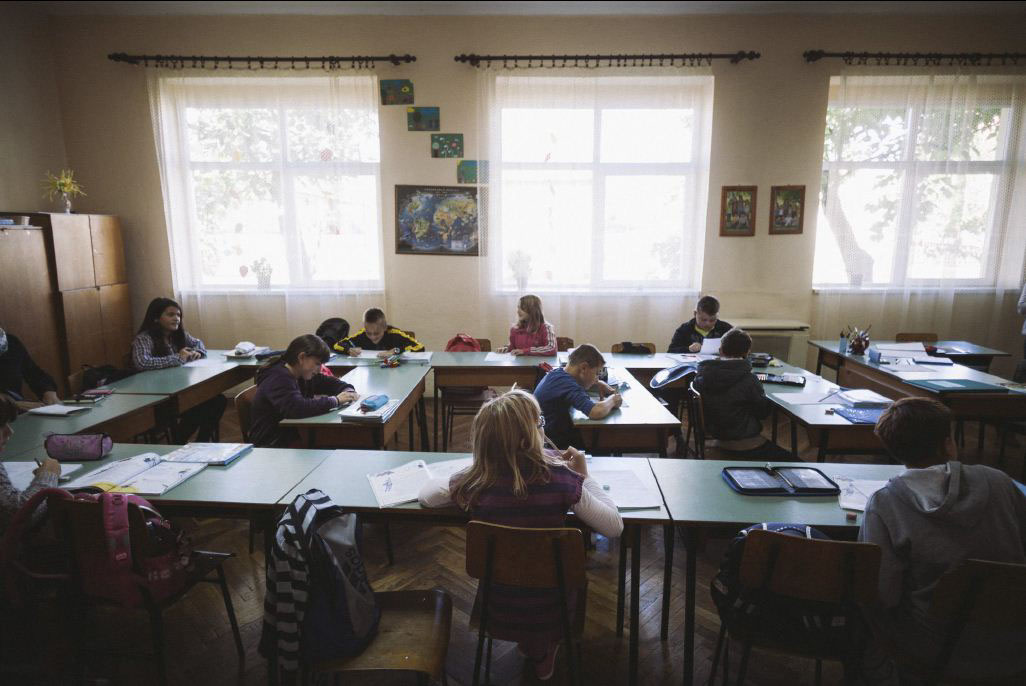
By analyzing the given case of the elementary school in Tekić a conclusion was made that this school, although the only public building in the village has no active role in the community. The school has a very young and enthusiastic teacher, keen to apply new teaching methods, striving for individual approach to every student. Despite all that the classroom is arranged not only for the old fashioned but also inadequate teaching methods, considering a rather small number of pupils. The community’s weak interest towards the school resulted in complete negligence and separation from the village’s life.
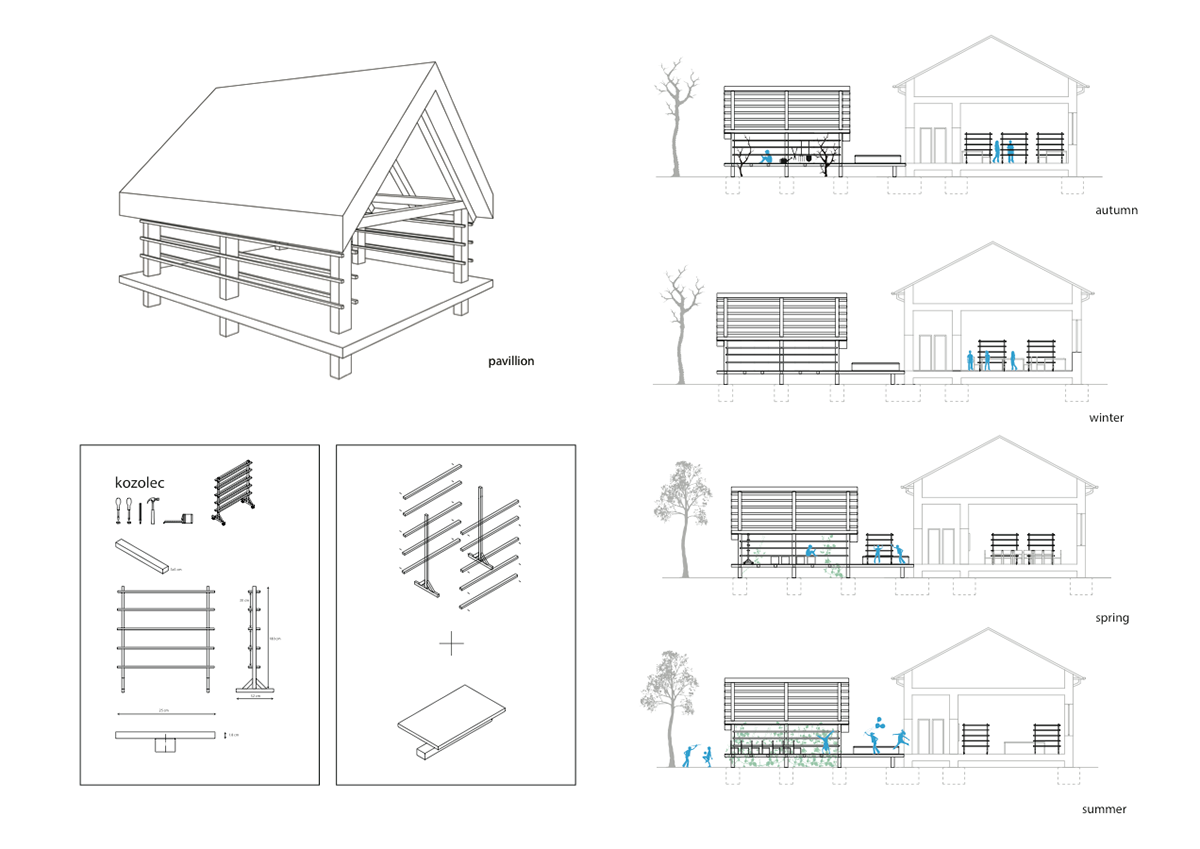
The outer pavilion is an architectural addition to the building. It can be used for classes in nature, extracurricular activities, special events or casual meetings. In the winter it is insulated with hay stacked to create walls. The pavilion is also built out of locally available materials and as the furniture follows the idea of a “kozolec” a specific local variety of a hayrack.
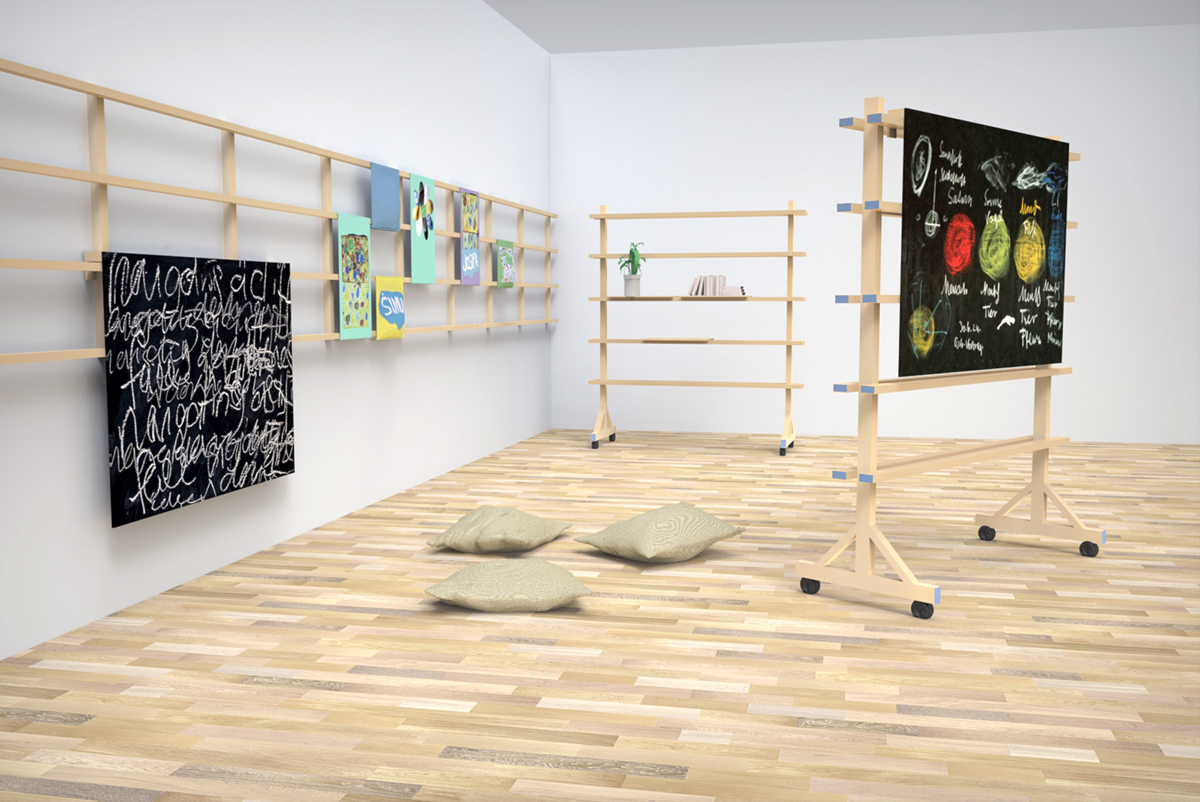
The basic idea for the interior was a functional module that could stimulate the community and at the same time solve spatial problems of the building in a way that could be applied to other schools with similar problems, including the entire village in all the phases of change. On the practical level the most important part of the concept are simple “do-it-yourself” instructions necessary for building the elements. Considering the school’s bad financial state any kind of industrial production would prove to be too expensive. In order to activate the sleeping community, objects would be built by older pupils and parents. With a very simple construction and inexpensive and locally available materials all the furniture can be built in a single afternoon for less than 10 euros a piece.
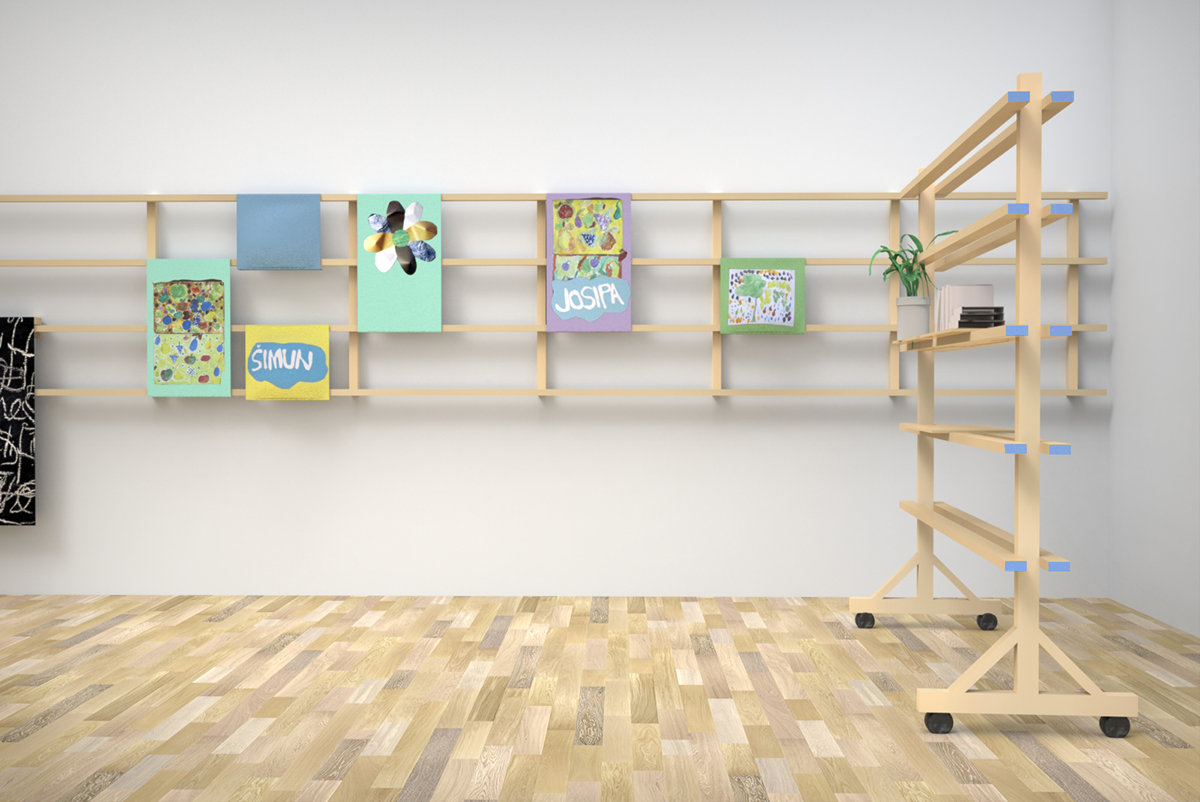
The functional module inside the classrooms comes as mobile furniture. Shelves used as partition walls, exhibition panels or reading corner bookshelves. Pillows stored inside the element create sound insulation, but also offer extra seats for festivities or classes in the outside pavilion.
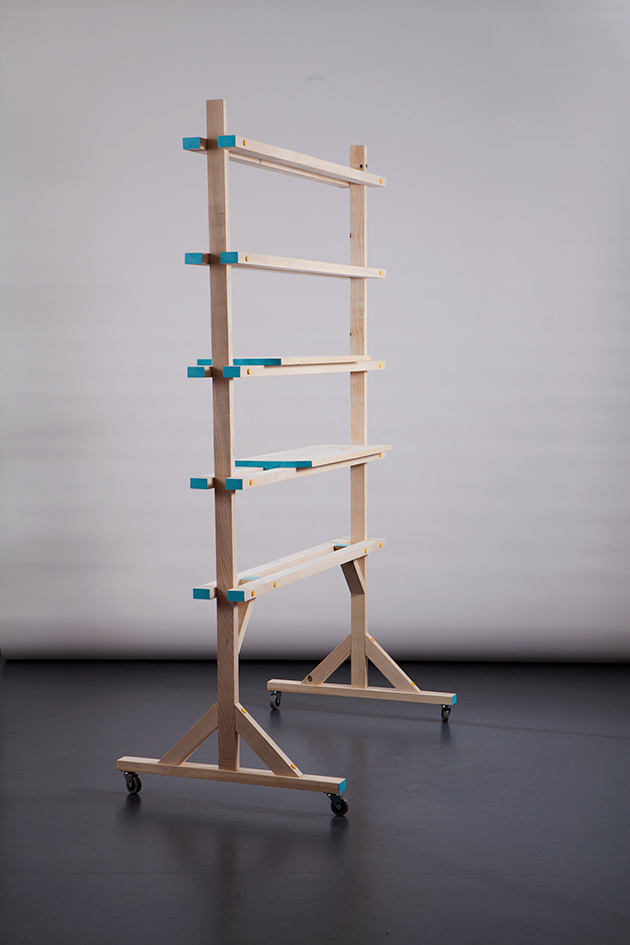

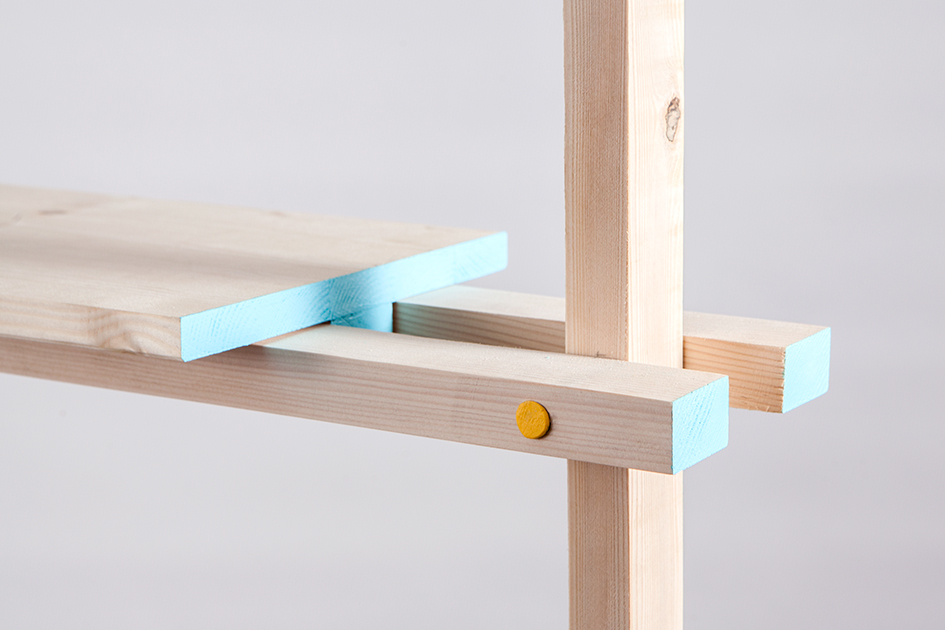
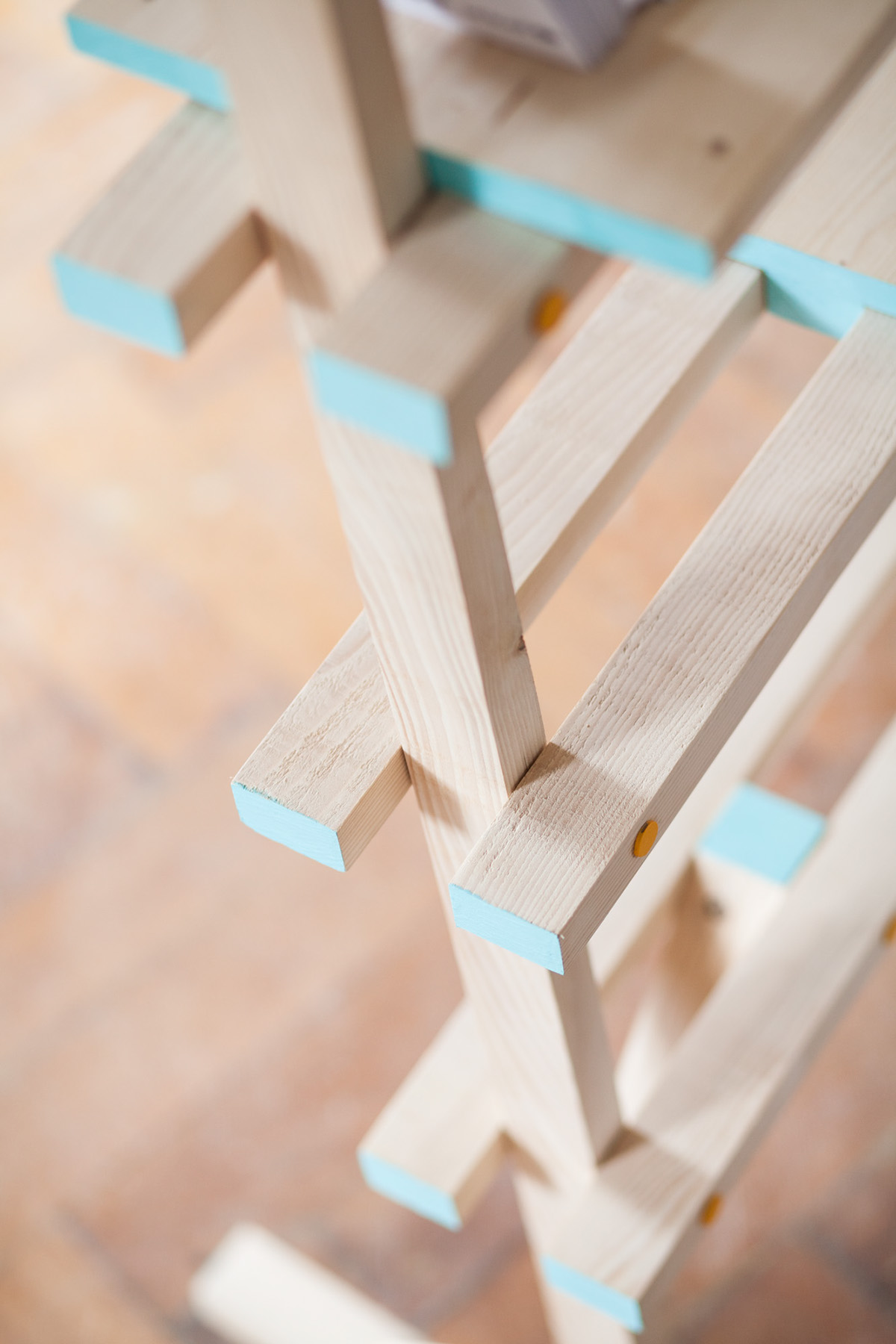
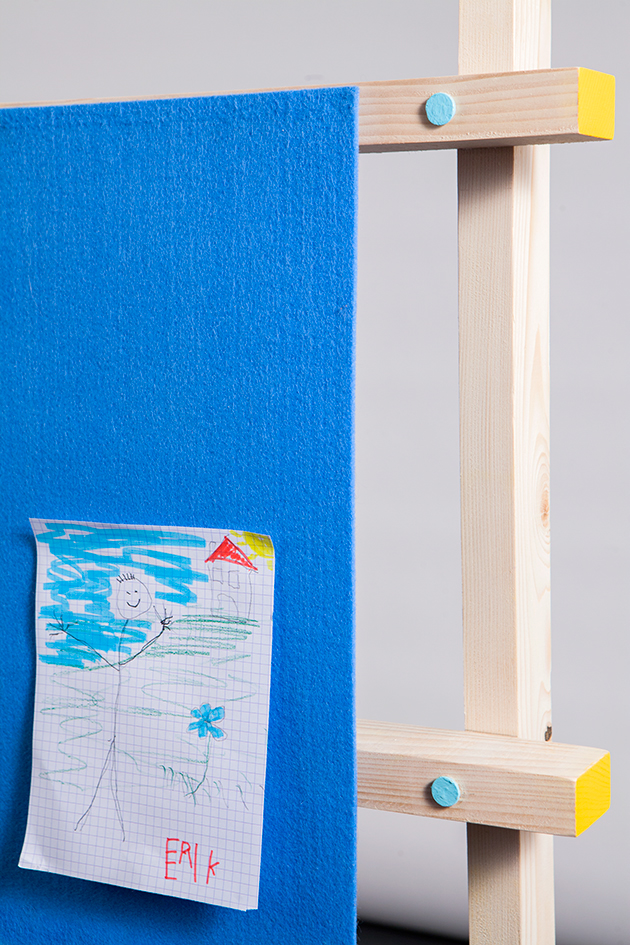
The intervention to the walls of the school comes in the form of wooden holders, housing exchangeable modules making the entire wall a functional part of the classroom. The modules include extra blackboards for combined shifts, but also serve as scenery for the schools drama workshops, modular panels and felt bags adding to the individual approach to every pupil but also enforcing a sense of community during group seasonal exhibitions.

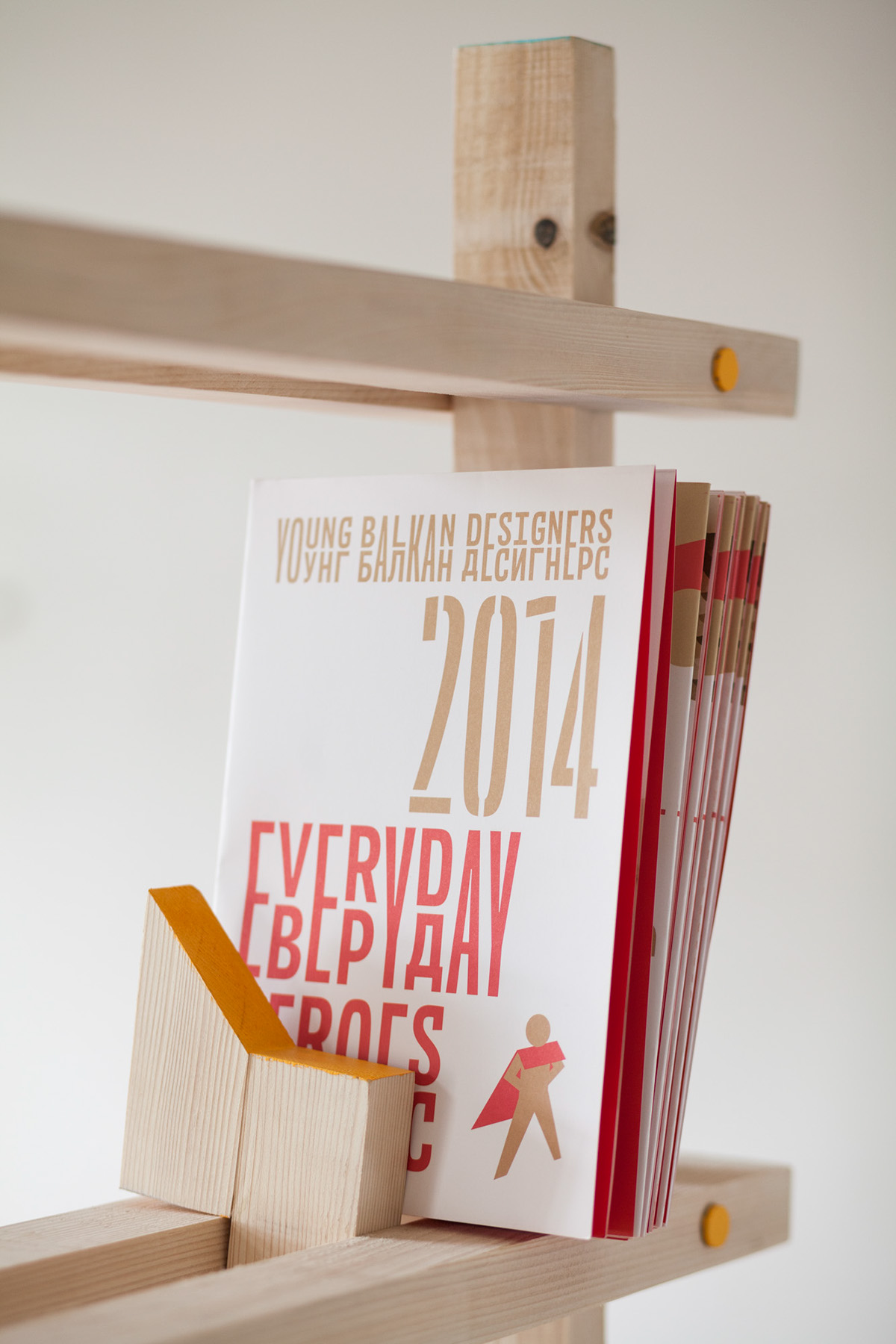

This project was not only intended as a change to the school’s architecture and mobility but also the methodology of teaching. Despite the school’s obvious problems of technical nature the team decided to work in this direction so that those problems could be recognized by the community. The products that were created serve as a subtle nudge to the individual approach to the pupils already practiced by the teacher. By moving the classes outside, into the nature, the program and the teaching space become better synchronized with the seasonal changes and connect the social life of the school with that of the village. On other levels, via the outside pavilion the school could become the village’s new social center. The DIY approach and the open source instructions can be applied as a pattern to schools with similar problems, giving them an effective and inexpensive push into a new, simpler life.






